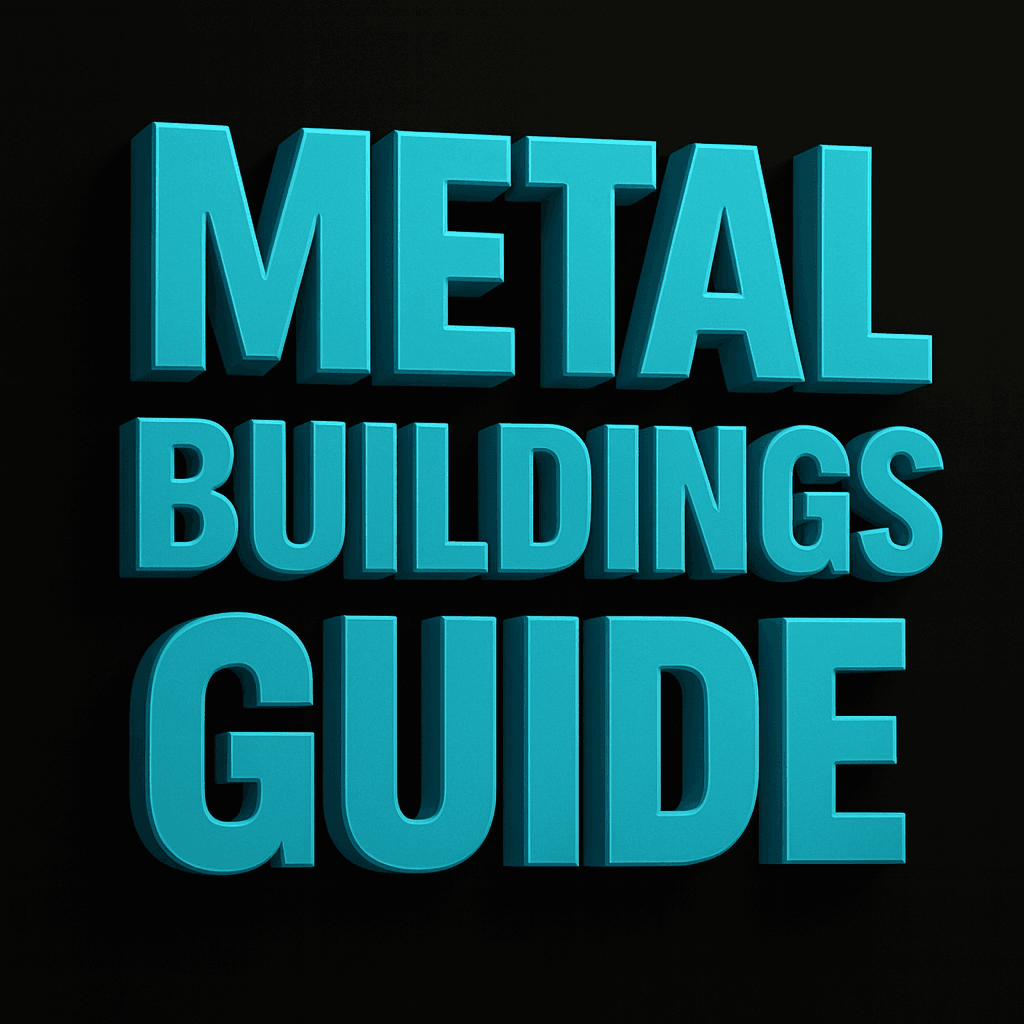1Enter ZIP + Basics
Provide ZIP, width / length / eave, roof pitch, use type, and timeframe — simple, private inputs only.
Plan it right the first time — loads, codes, and supplier-grade guidance backed by CodeSmart™.
CodeSmart™ gives you free building load & code references by ZIP to guide your new-construction plans.
Enter your ZIP code to instantly see building load and code data tailored to your project.
Fast, neutral reference data to plan your metal building with confidence.
Provide ZIP, width / length / eave, roof pitch, use type, and timeframe — simple, private inputs only.
NWS wind, USGS seismic (ASCE 7), elevation, and AI baselines generate precise load and code suggestions.
Review results, confirm with your local building department, and plan your structure accurately.
CodeSmart™ shows whether a Cold-Formed or Rigid Frame fits best — plus a suggested supplier for your area.
Both are 100% steel, precision-fabricated, and engineered for lasting strength — the right choice depends on span, height, and local code loads and budget.
RIGID FRAME DESIGN
Rigid-frame (red-iron) systems are built from welded I-beam columns and rafters engineered for heavy loads, wide clear spans, and high roof elevations.
COLD FORMED DESIGN
Cold-formed buildings use lighter C- or Z-shaped sections bolted together, ideal for smaller footprints, faster setup, and lower overall weight.
Plan your metal building with confidence. This straightforward 11-step roadmap guides you from concept to completion — covering loads & codes, structural design, materials, permits, foundations, installation, and final close-out. Built for serious buyers who want clarity, accuracy, and nationwide expertise — not sales talk.
Confirm adopted IBC year, design wind (Vult), exposure category, ground snow (pg), and seismic parameters (SDS/SD1) with your jurisdiction. These determine steel sizing, foundation, and pricing accuracy. Ask about setbacks, floodplain, and frost depth.
Learn more →Lock width × length × eave height, roof pitch, and openings before requesting pricing. Plan interior clearances, door heights, turning radii, and future bays so framing supports your workflow and expansion plans.
Open CodeSmart™ →Ask about engineering source (PE-stamped), coil origin, paint system, warranties, and logistics. Look for realistic lead times and complete trim packages. Compare total installed cost—not teaser quotes.
Contact us →Cold-formed: light, fast, ≤60′ spans. Rigid frame: wide clear spans, tall eaves, cranes, mezzanines. Compare usable height, bay spacing, and schedule to select the best strength-to-value system.
Learn more →Specify profile (PBR, AVP, 7.2), gauge, substrate (AZ50/AZ55), and paint system. Demand closures, trims, gutters, and downspouts to prevent leaks and elevate curb appeal.
See standards →Pick insulation for climate and occupancy—fiberglass, spray foam, or hybrid. Use continuous vapor retarders and ventilation to reduce condensation and improve comfort.
Learn more →Provide PE-stamped drawings and calculations. Include site plan, soils/energy docs, and inspection notes. Early, complete packages shorten review and prevent redesigns.
Engineered drawings →Rigid frames: isolated footings. Cold-formed: grade beam below frost. Verify anchor bolts, slab flatness, elevations, and drainage away from slab edges.
Foundations guide →Hire insured, experienced crews. Follow stamped drawings and manuals, track deliveries, protect panels, and document all change orders in writing.
Install resources →Use deposits and milestone draws responsibly. Hold retainage until punch-list complete and collect lien waivers. Keep paperwork consistent for clear records.
Get help →Complete inspections, gather warranties, wash panels yearly, and retighten fasteners. Routine upkeep extends roof life and preserves resale value.
Ask a question →Contact Us for Expert Guidance
Planning a rigid-frame or cold-formed project? We’re here to help. From Bexar County, TX to nationwide delivery, our team provides code-aware guidance, transparent pricing, and fast quotes on prefabricated metal buildings.
Call 210-997-1853 or request a quote today.
